Story of St. Patrick
St. Patrick was a real person but the true story of St. Patrick is a bit of a sticky wicket. There are several obvious reasons for that.
St. Patrick was a real person but the true story of St. Patrick is a bit of a sticky wicket. There are several obvious reasons for that.
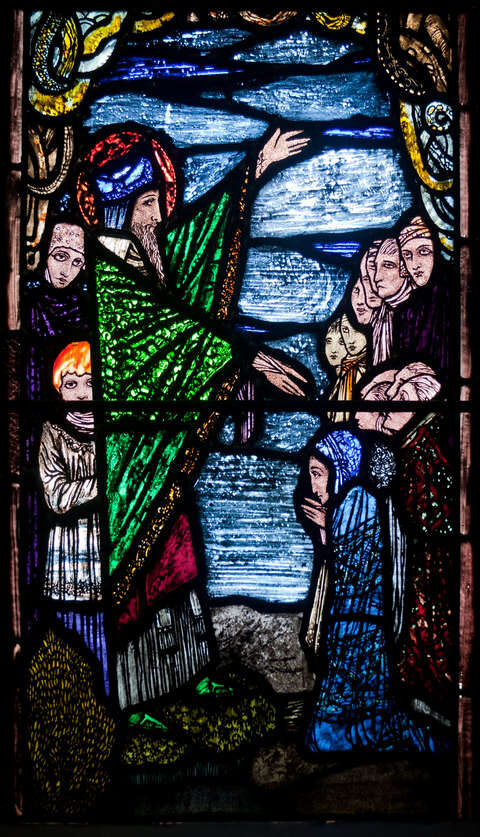
There are of course additional problems with transcriptions and translations... While the real story of St. Patrick will probably never be known, we can still present the most believable theories and historical facts to compose a useful presentation about his life and work.
When Was St. Patrick Born?
Nobody knows that. There is general consensus that he could not be born before the 4th century and he worked in the 5th century, mostly in the second half. He is officially acknowledged as the missionary who brought Christianity to Ireland despite the fact some Christians lived there decades before his birth.

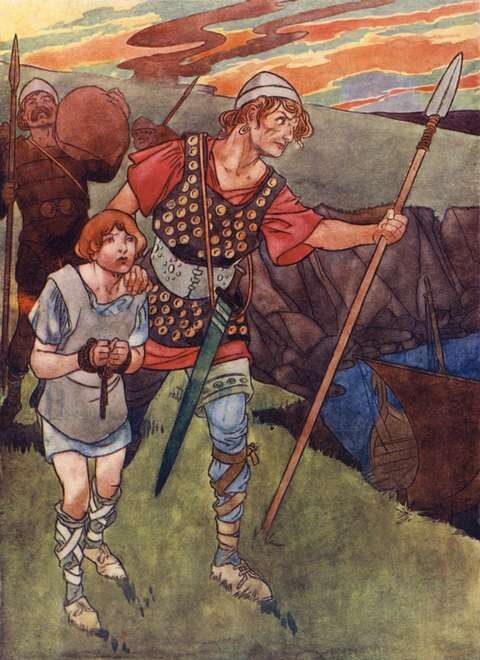
Patrick had to walk about two hundred miles to the nearest port where he convinced a captain to take him onboard. Three days later the ship reached Britain and everybody left the ship. The whole group supposedly walked for 28 days suffering from exhaustion and hunger while Patrick convinced them they should trust God. When after his prayers they encountered a herd of wild boar he gained a special status among others.
After returning, Patrick focuses on studying Christianity. He did most of his studies in today's France, especially in Auxerre where he became a priest. Another vision, this time meeting a man who gave him many letters among which one was titled The Voice of the Irish, encouraged him to return to Ireland as a Christian missionary.
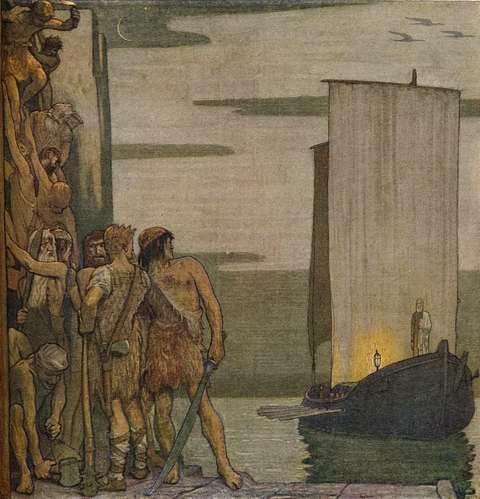
He landed at the mouth of the river which is today called Vartry. It is believed he was not welcomed there, so he had to sail to the islands at Skerries and soon after continued his way on the land and started converting pagans to Christianity. He managed to establish good relationships with influential people, especially sons and daughters of chieftains. Many wealthy women were among his converts and consequentially several nunneries were established.
There is a lot of controversy about those times. It seems Patrick got into disagreements with some important folks and even his followers due to financial reasons. It is not clear if these problems occurred because he refused to take gifts from his converts or because he returned them to the givers. Yet it's obvious his behavior differed from the local customs which automatically brought him enemies.
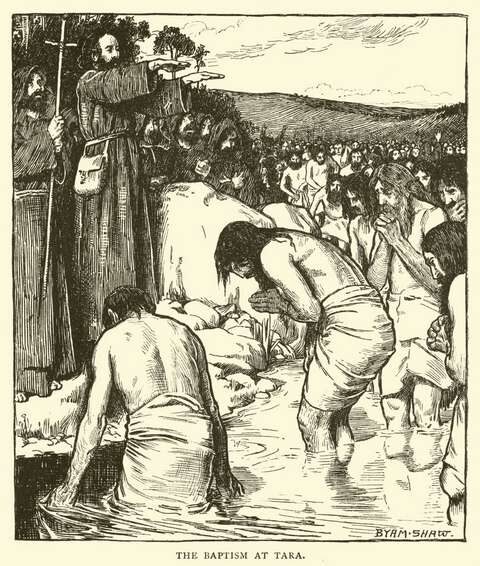
The details of his work are unclear but according to the documents he managed to convert thousands of Irish people to Christianity. It is believed he encountered many obstacles, from opposition from the local kings to being robbed and even imprisoned for approximately two months. He was ridiculed and insulted.
When Did St. Patrick Die?
The date of St. Patrick's death is unreliable. It seems the documents confuse the deaths of Patrick and Palladius again. Resources that claim that he died 120 years old support that theory. Some scholars put his death around year 460, others at year 492 or 493. It is very likely that confusion between both Patricks (again, Palladius was in some cases named Patrick, too) was at least on some occasions caused by intention - to fuse as much action into one person as possible.
A lot about Patrick and his work was written in the 7th century more than one hundred years after his death. In some cases, he was perceived as a kind of warrior who fought druids and physically crashed pagan idols. None of these is supported in writings by Patrick or his disciples. We should also mention that several churches competed for influence in the 7th century which led to all kinds of claims which were supported by unreliable proofs.
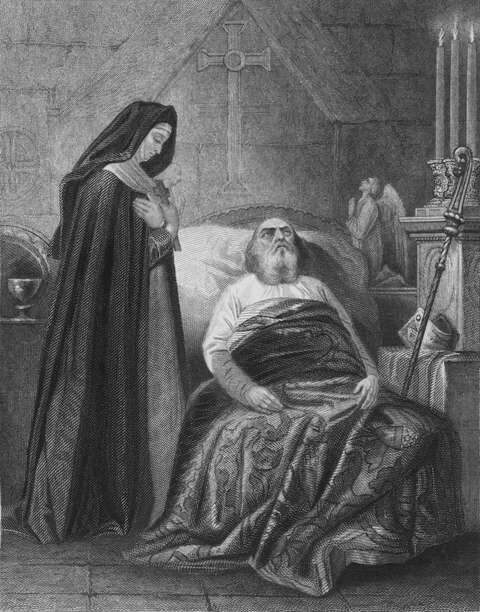
At this moment majority of historians believe that death around the year 493 is the most believable. One of the documents supporting this date mentions the removal of his remains in 653 which supposedly happened 60 years after his death. One of the annals mentions the date of 17th March as the date of his death and this date became a cultural and religious holiday. St. Patrick is venerated among all Christian churches and 17th March is marked in all calendars as his feast day.
Legacy
Today St. Patrick is perceived as a conglomerate of Christian saints and folklore figures. He is a symbol of Ireland and Irish national identity. He is one of the most popular saints in the world and Patrick is one of the most popular names in the USA, especially among descendants of Irish immigrants although it fell from the top 30 in the 1960s to the top 250 around 2020. While Patrick is traditionally a masculine name there is also a female variation Patricia.
St. Patrick's Day is the most popular national (Irish) holiday celebrated globally (all over the world). It's marked by parades, shamrocks, and a lot of green colors.